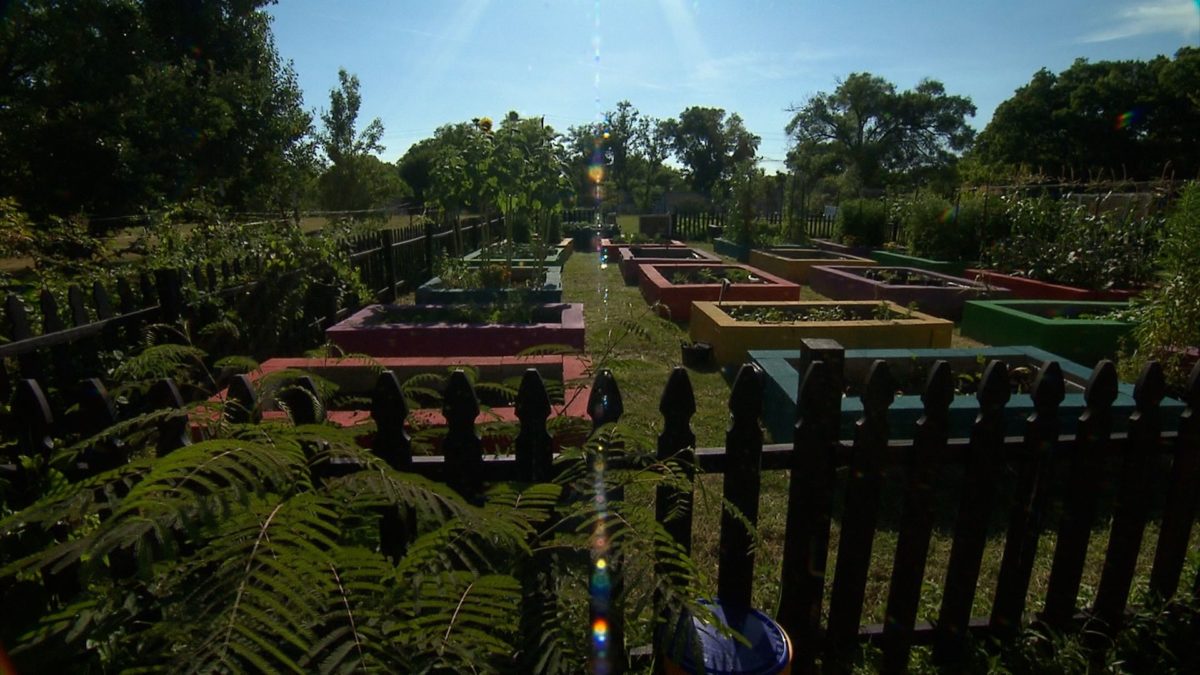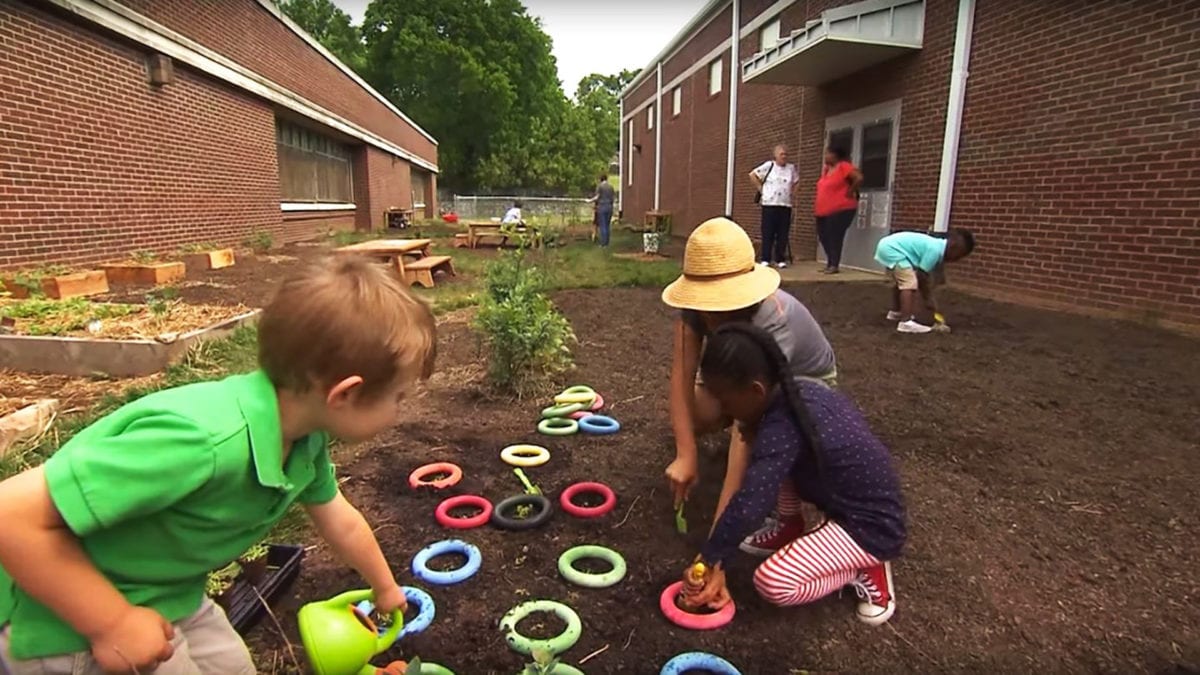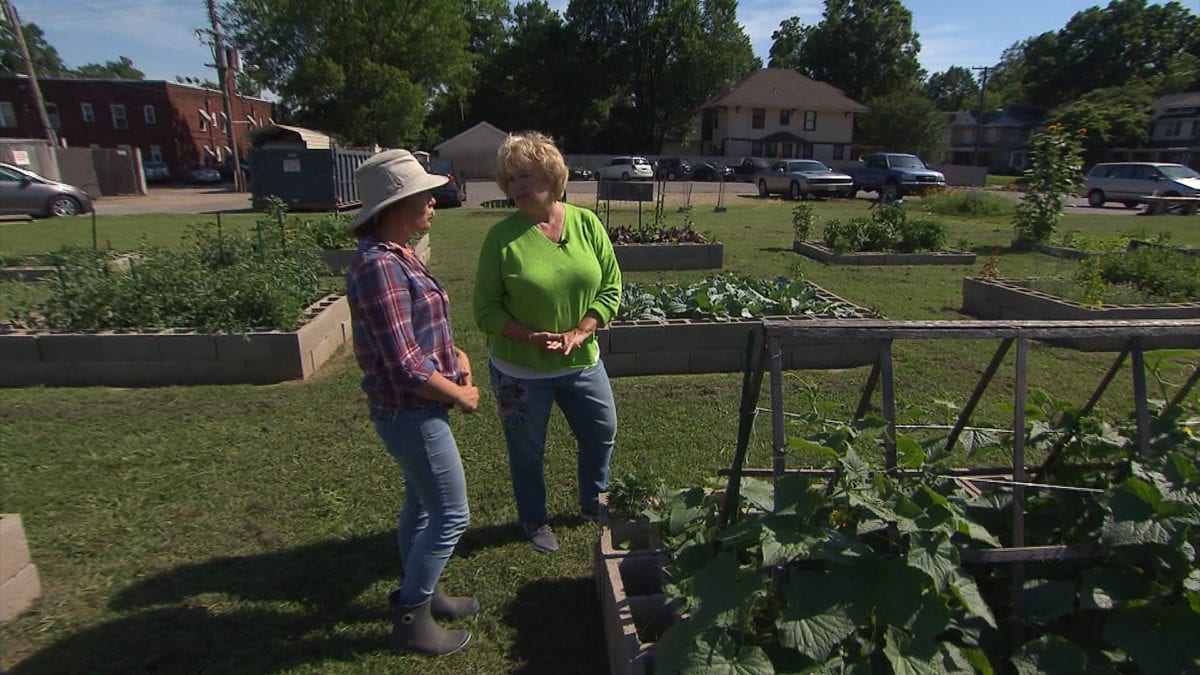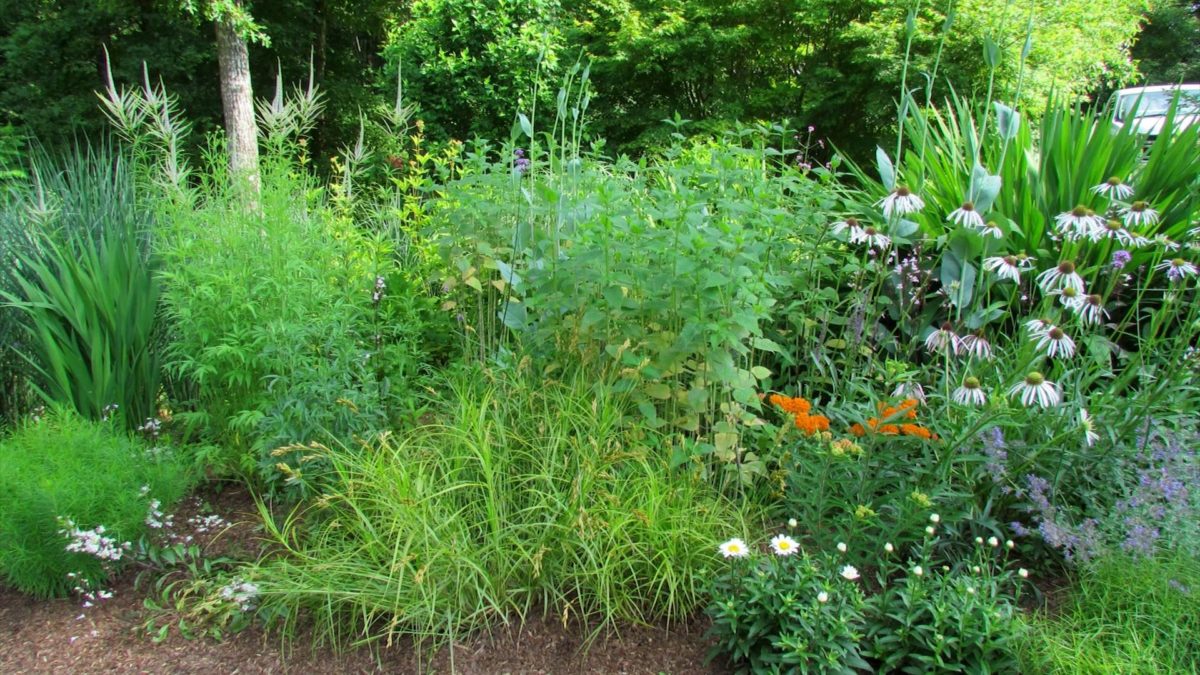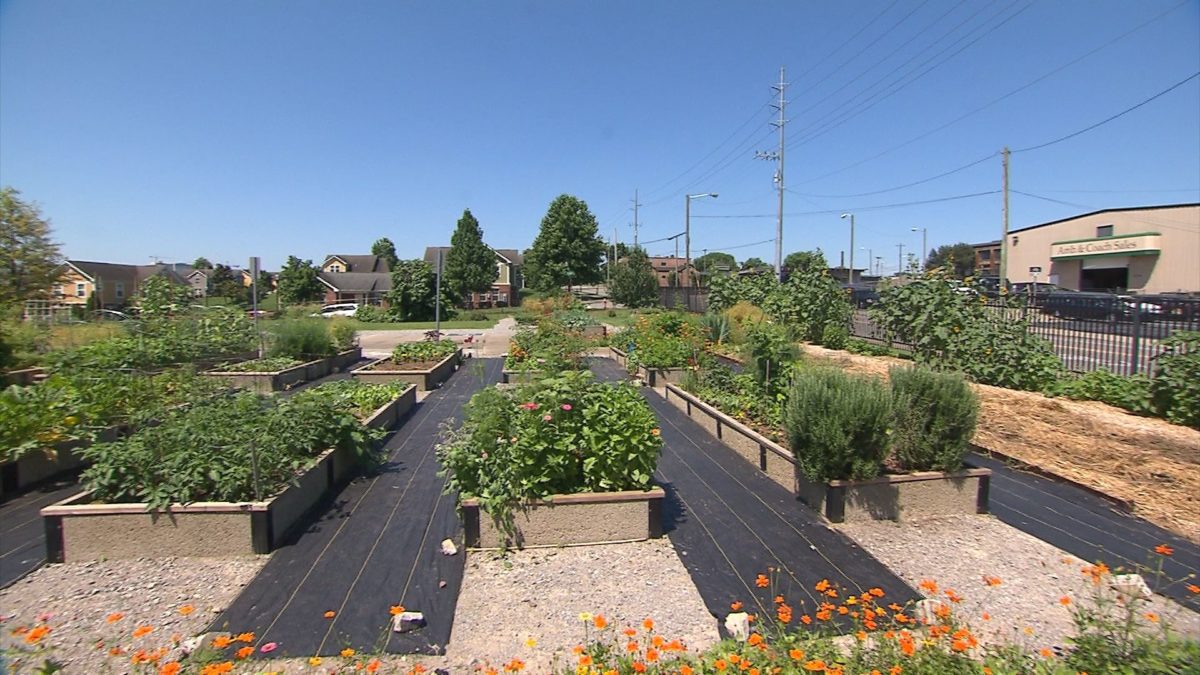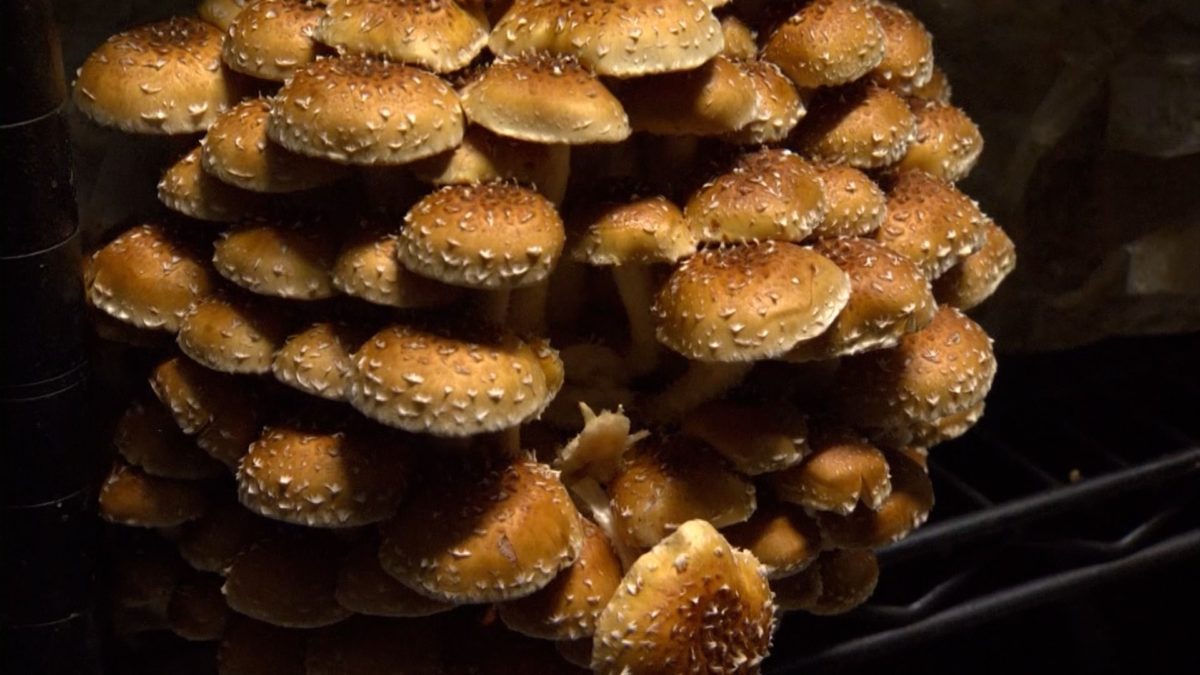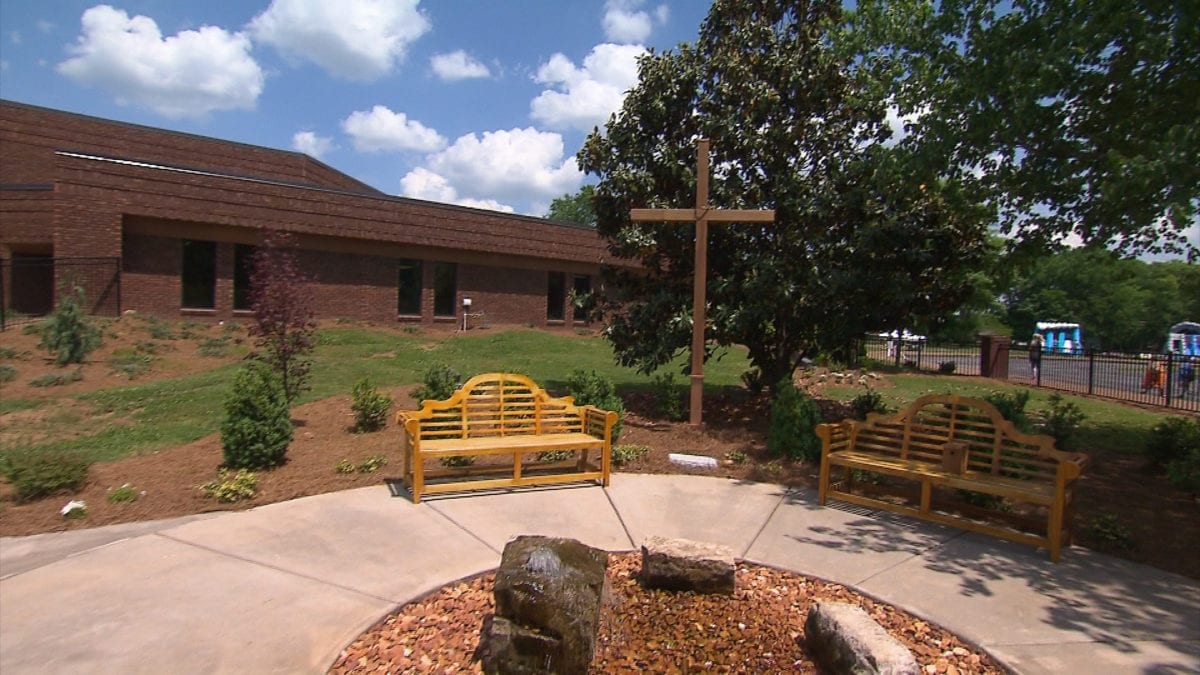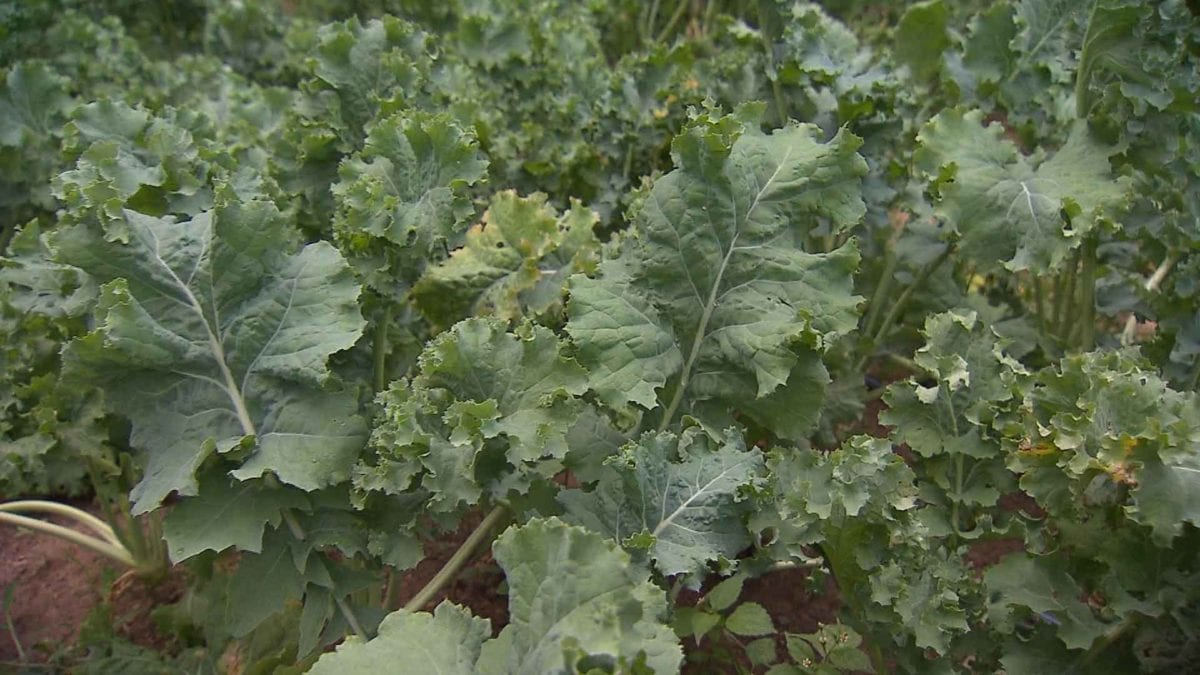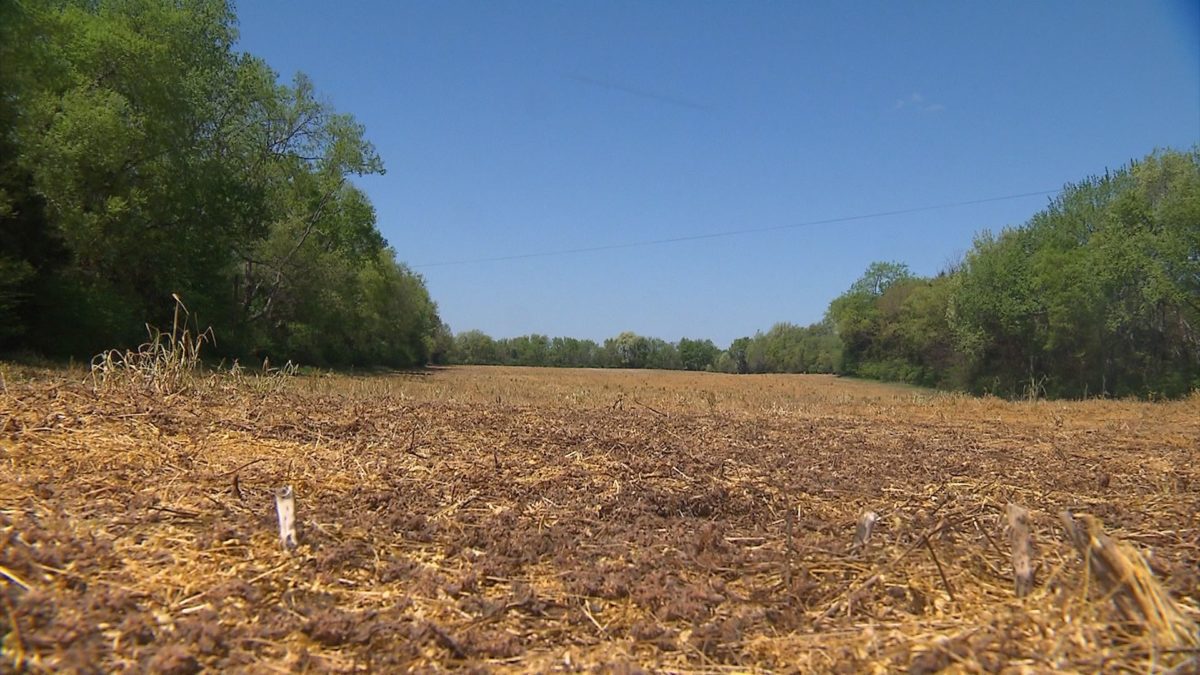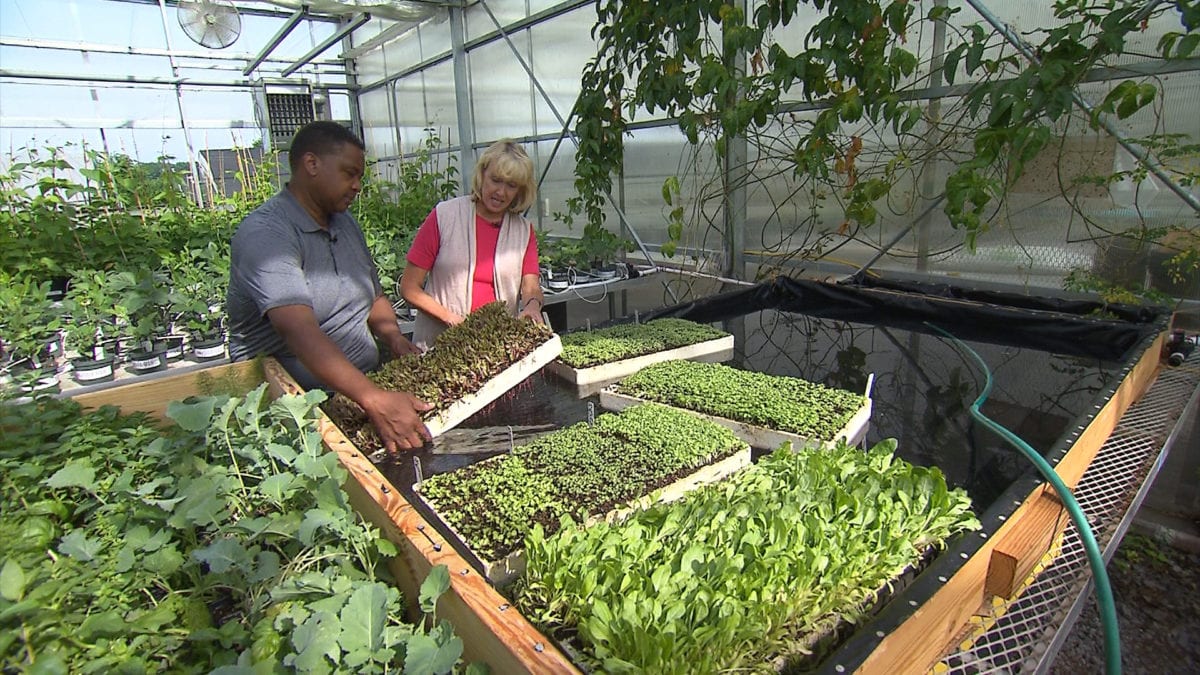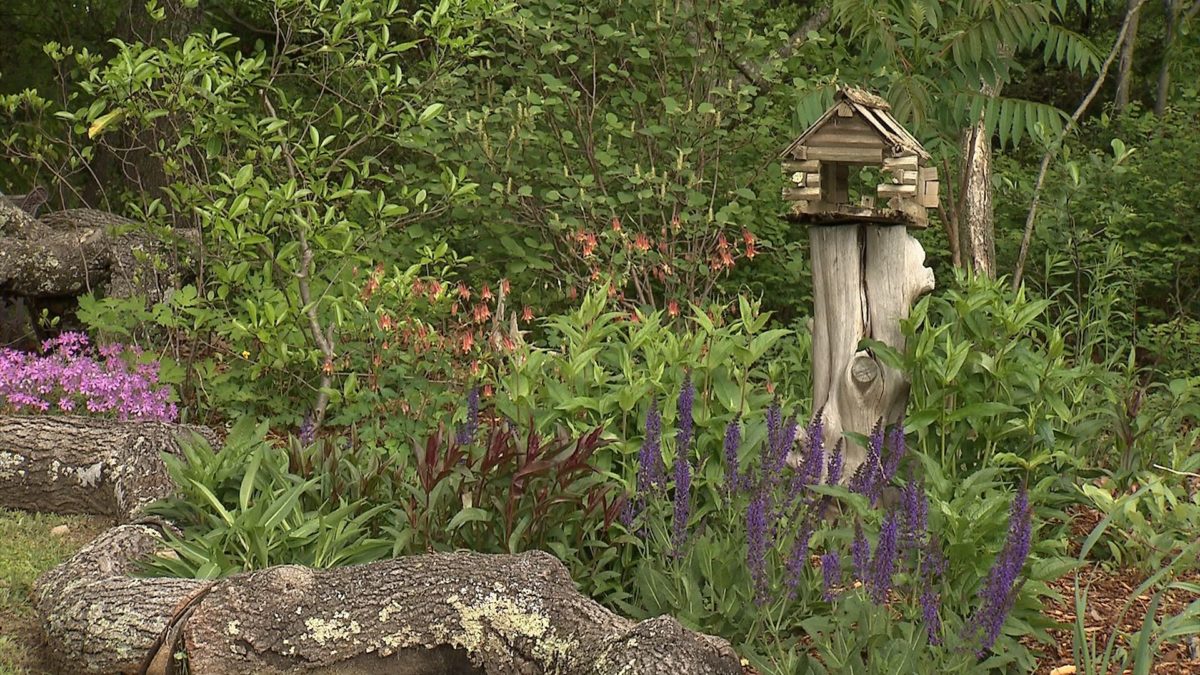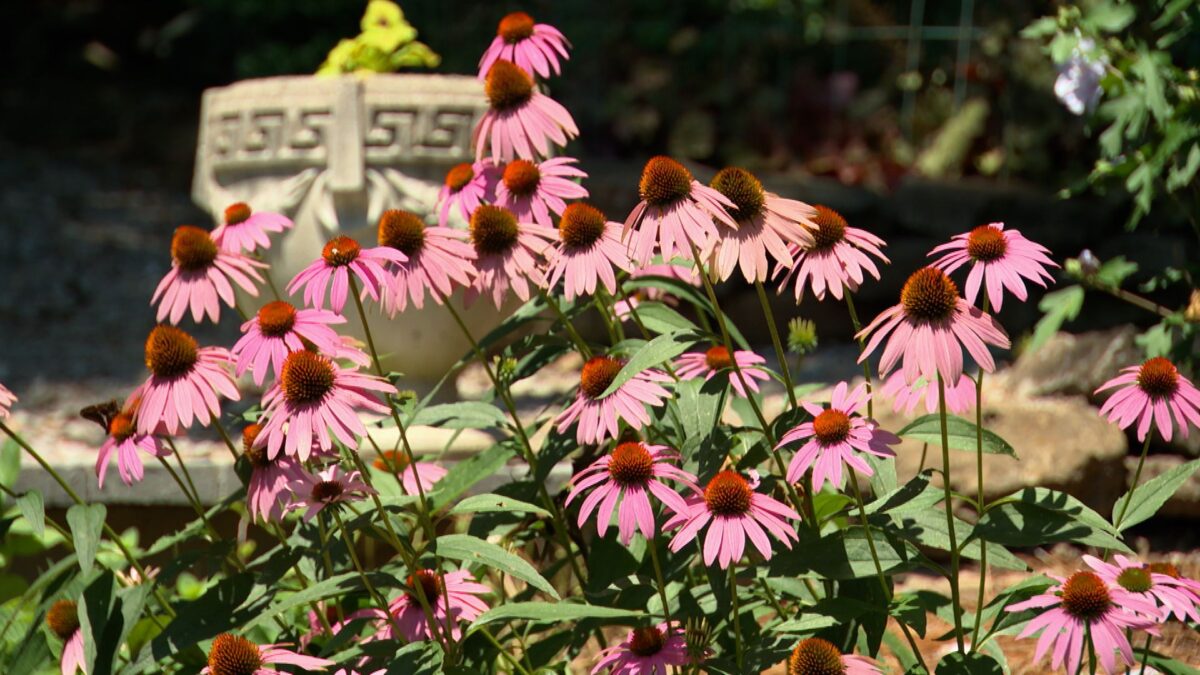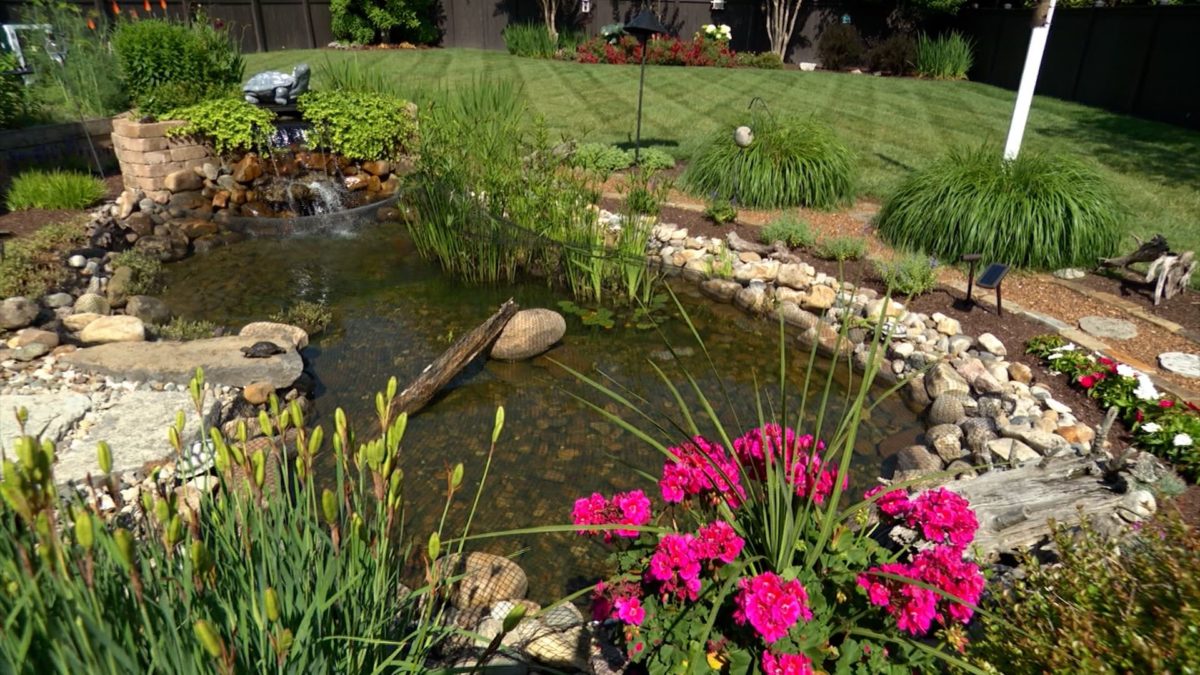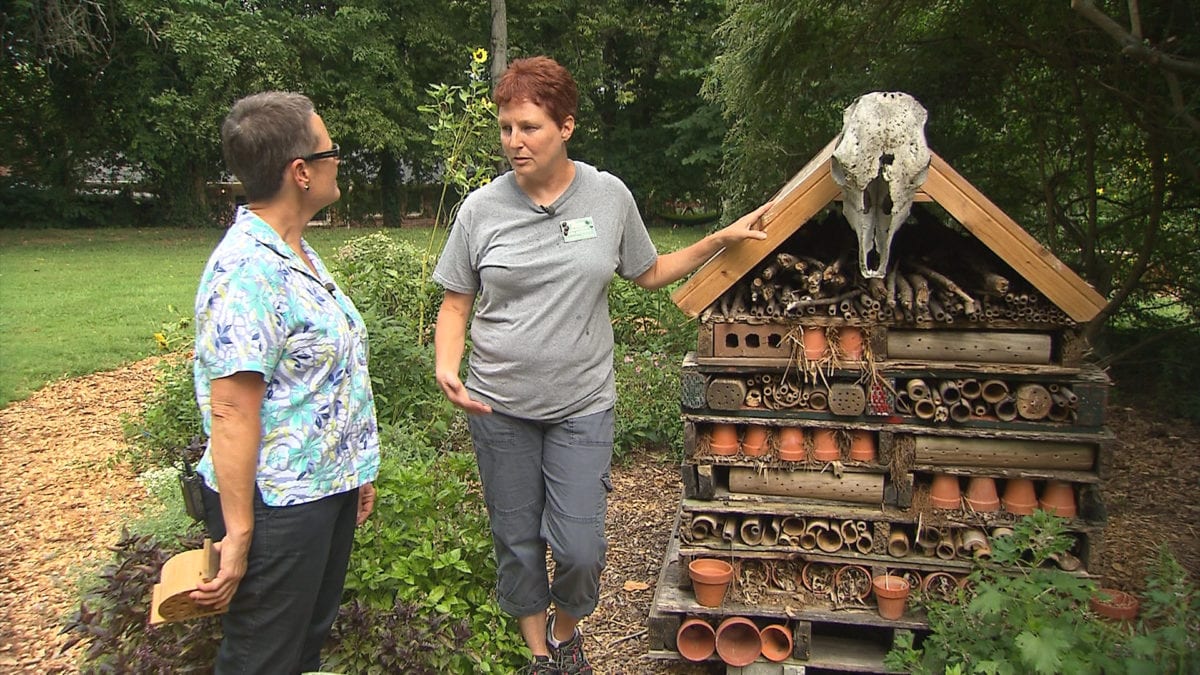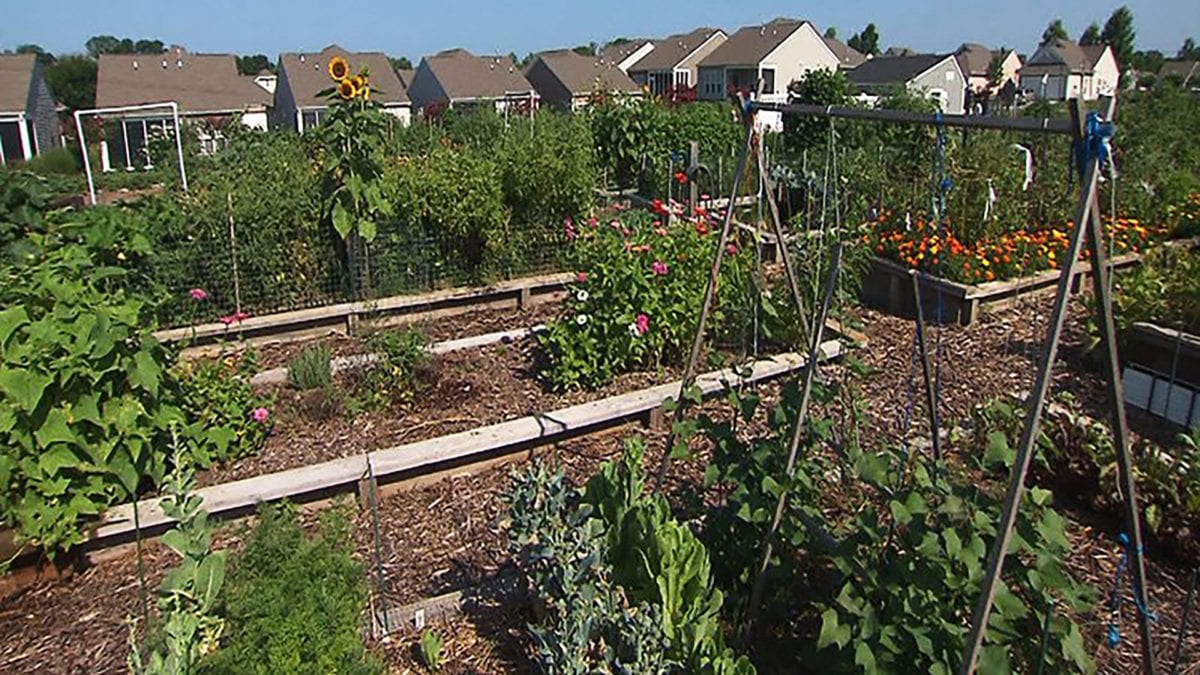Home landscapes: benefits and risks beyond the property line
There are parks full of Chinese privet and bush honeysuckle. But not so long ago, gardeners bought these plants at garden centers assuming they would be good for the home landscape. Now they are deemed invasive, and harmful to the ecology. As gardeners, we want to be good stewards of the land, but what does that entail? How much should it limit plant choices? Must we only plant natives?

